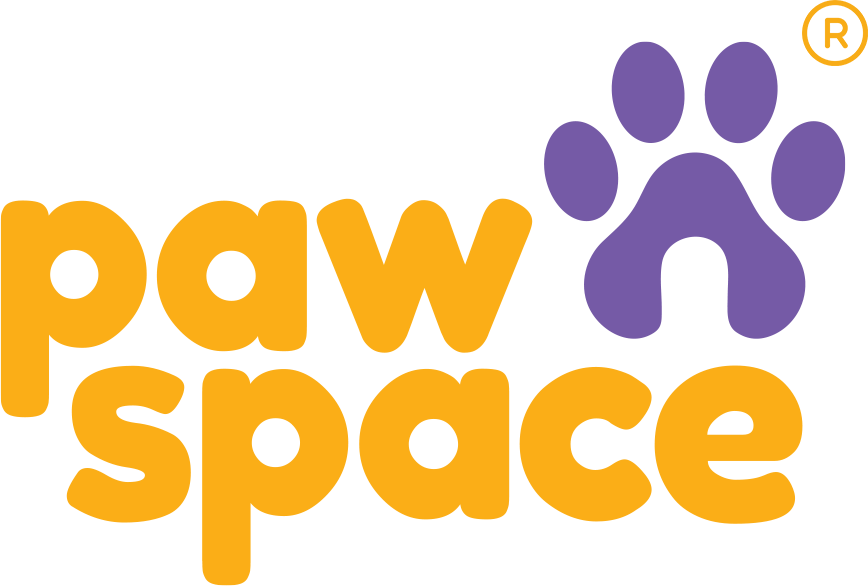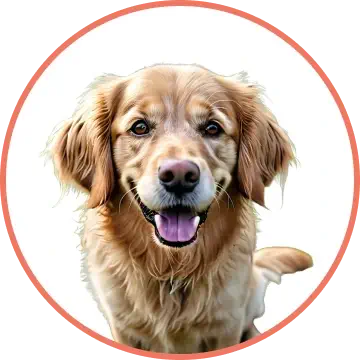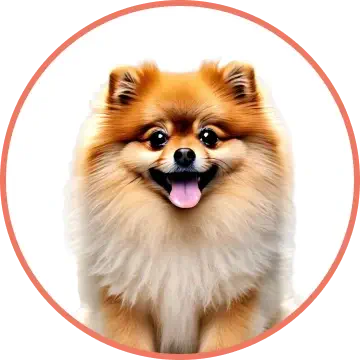Siberian Husky
The Siberian Husky is a medium-sized, thick-coated sled dog breed originally developed by the Chukchi people in Siberia for endurance and companionship in frigid climates. Fast, agile, and beautifully symmetrical, today’s Huskies remain energetic and friendly family companions,they pack the stamina of a working dog but the heart of a gentle, playful pet.

Male
Ideal height: 53 - 60cm Ideal weight: 20 - 27kg

Female
Ideal height: 50 - 56cm Ideal weight: 10 - 23kg
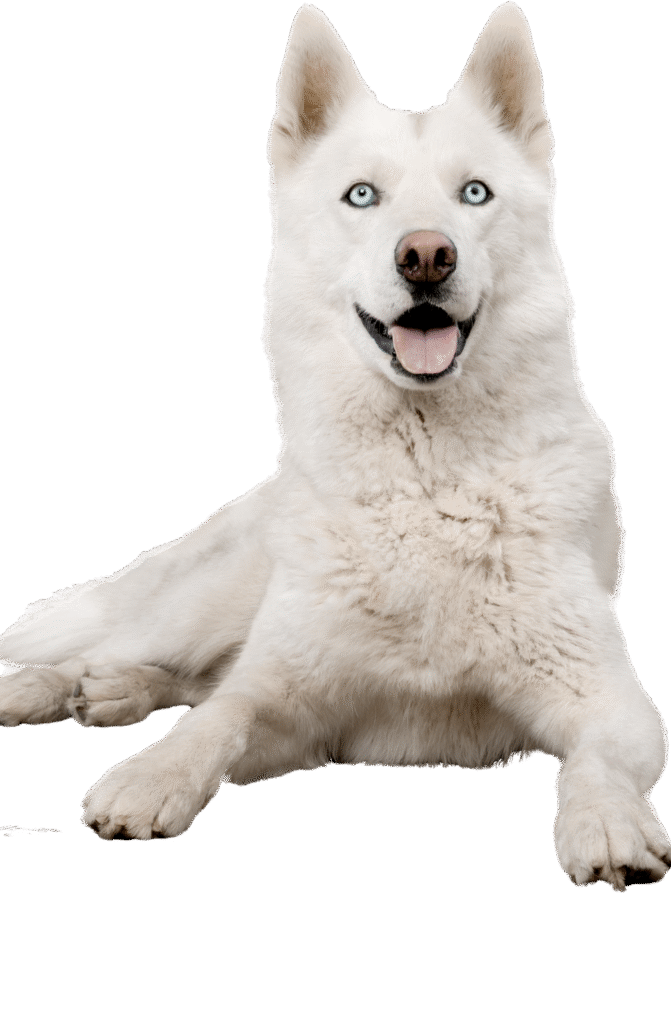
Size
Medium
Life Span
10 – 12 Years
Coat
Color
Medium
Traits & Characteristics
100%
90%
40%
100%
100%

Heat Tolerance
upto 27° C

Cold Tolerance
Upto -6° C

Best Diet for Siberian Husky

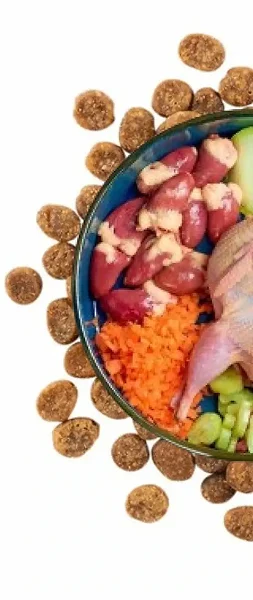
Carbohydrates
30 – 50%
Protein
20 – 30%
Fats
8 – 16%
Essentials, Vitamins & Minerals
6 – 8%
Fiber
2 – 4%
Total Kcal
1,000 – 1,500
Must have meal for a Siberian Husky
Siberian Huskies are highly energetic dogs that need a nutrient-rich, balanced diet to fuel their active lifestyle. Their meals should include lean proteins, healthy fats, and complex carbohydrates to support stamina and muscle strength. Huskies are known to be light eaters compared to other breeds, so portion control is important to avoid underfeeding or overfeeding.
A typical diet should consist of two meals per day with high-quality, easily digestible ingredients such as chicken, fish, brown rice, and vegetables. Including omega-3 fatty acids helps maintain their thick double coat and supports joint health. Avoid foods high in fillers or artificial additives, as Huskies can have sensitive stomachs.
Consistent feeding schedules, fresh water availability, and occasional treats in moderation are essential to keep your Siberian Husky healthy, energetic, and well-nourished
🐾 Try Our Siberian Husky Fresh Food!
Wholesome, freshly cooked meals crafted for your Siberian Husky’s health and happiness.
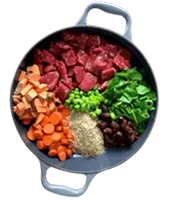
Book a Dog Diet Consultation
Get personalized diet advice for your Siberian Husky for Absolutely FREE
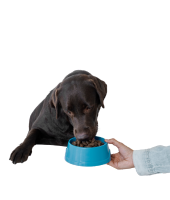
Siberian Husky Diet
Opting for fresh, whole-food meals ensures your Siberian Husky gets the natural, high-quality nutrition needed for lean muscle, strong bones, a robust immune system, and a brilliant coat. Unlike many breeds, Huskies are often not motivated by food and may be picky eaters, making nutrient-dense, palatable meals even more important than processed kibble. Fresh, balanced meals help keep your Husky energetic, fit, and healthy.
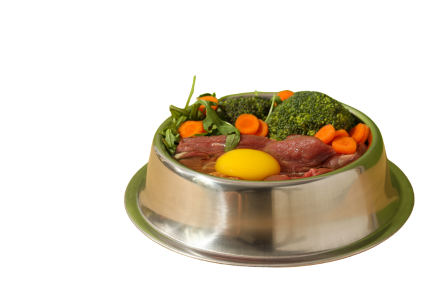
Protein Based Diet
Siberian Huskies thrive on a diet that mirrors what their ancestors ate. A protein-forward plan keeps their muscles lean, their coat thick, and their energy levels consistent. High-quality animal proteins are non-negotiable.
Nutrient-rich vegetables like carrots, pumpkin, and spinach provide essential fiber and vitamins. Healthy fats from sources like salmon, mackerel, and eggs are critical for coat health and contain vital omega-3 fatty acids.
Simple meals like grilled salmon with quinoa and steamed carrots, or lean ground chicken with blueberries and spinach, support a Husky’s unique dietary needs. A dash of fish oil can provide an extra boost for their skin and joints.
❌ Avoid harmful foods: onion, garlic, grapes, raisins, avocado, chocolate, xylitol, excess salt, and cooked bones.
WEIGHT, STRENGTH AND GUT CONSIDERATE DIET
Siberian Huskies are high-energy working dogs with a famously efficient metabolism, meaning they can run on surprisingly little food. The key is nutrient density, not volume. A diet rich in high-quality animal protein like fish, chicken, and lean red meat fuels their endurance and supports strong muscles.
Because they can have sensitive stomachs, easily digestible foods are crucial. Adding sources of healthy fats like salmon oil or flaxseed not only provides energy but also supports their thick double coat, keeping it healthy and lustrous. Probiotics from sources like plain yogurt can help maintain a balanced gut microbiome for smooth digestion.
Consider Their Age
A Husky’s nutritional needs evolve significantly throughout their life.
Puppies (6–12 months): Require a protein-rich diet formulated for controlled growth to support developing bones and joints. Essential fatty acids like DHA are vital for brain and eye development.
Adults (1–7 years): Need a balanced diet high in protein and fat to maintain energy for their active lifestyle. The calorie intake should be adjusted based on their individual activity level to prevent unwanted weight gain.
Seniors (7+ years): Benefit from a diet with slightly lower calories but high-quality, easily digestible protein to maintain muscle mass. Joint-support nutrients like glucosamine and chondroitin are essential to support mobility and comfort in their later years.

Apple
Provide fiber and vitamins; ensure seeds and core are removed.

Carrot
Crunchy and rich in vitamins; supports dental health and is low in calories.
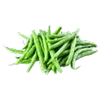
Green Beans
Low in calories and high in fiber, aiding digestion and keeping them full.
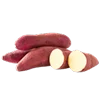
Sweet Potato
Nutrient-dense with fiber, helping digestion and providing essential vitamins.
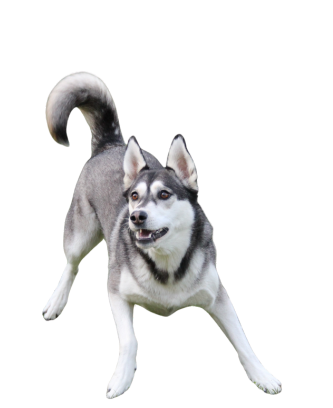
Training Needs for Siberian Husky
Siberian Huskies are highly intelligent, independent thinkers, which can make training a unique experience. While friendly and outgoing, their innate desire to run and their problem-solving skills mean they can be stubborn and mischievous if their minds aren’t engaged. Their independence is often mistaken for a lack of intelligence; they simply need a good reason to follow commands.
With firm, consistent training and plenty of positive reinforcement, Huskies learn well. However, training sessions should be kept short and fun to hold their attention. Due to their extreme energy and endurance, they require significant daily exercise like running, hiking, or engaging in dog sports. A simple walk around the block is often not enough to satisfy their needs.

Puppy Stage (2–6 months)
Siberian Husky puppies are playful, curious, and independent. Early training is essential to instill obedience and prevent stubborn behaviors. Focus on crate training, toilet training, and basic commands like Sit, Stay, and Come. Encourage socialization with other pets and people to reduce shyness and overexcitement. Provide chew toys to manage teething.
Suggested Package: 8 Sessions

Adolescent Stage (6–18 months)
This is the most challenging phase, as Huskies test boundaries and develop strong-willed behavior. Consistency in leash training, impulse control, and recall commands is key. Channel their energy into structured play, puzzle toys, and long walks. Focus on reducing destructive behaviors like digging or chewing through mental stimulation and exercise.
Suggested Package: 12 Sessions

Adult Stage (1.5 years +)
Adult Siberian Huskies are highly energetic, intelligent, and independent. Training should emphasize advanced commands such as off-leash recall, heel walking, and self-control in stimulating environments. Engage them with agility training, hiking, and challenging mental games to keep them sharp. Proper training ensures a well-behaved, confident, and obedient companion.
Suggested Package: 16 Sessions
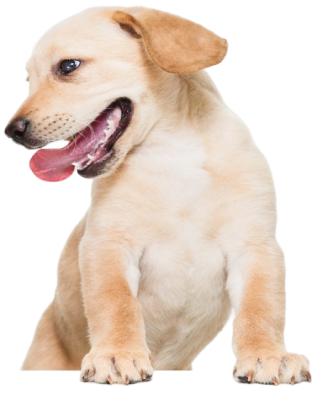
Dog Training: Expert Guidance at Home
Turn your pup into a well-mannered pro—where training meets success

Vet Visits

Puppyhood (0-1 Year):

Every 3-4 weeks until 16 weeks, then every 6-12 months.

Vaccinations, parasite control, neutering, and behavior guidance.
Adulthood (1-6 Years):

Annual check-ups.

Vaccine boosters, dental care, diet, exercising, weight management.
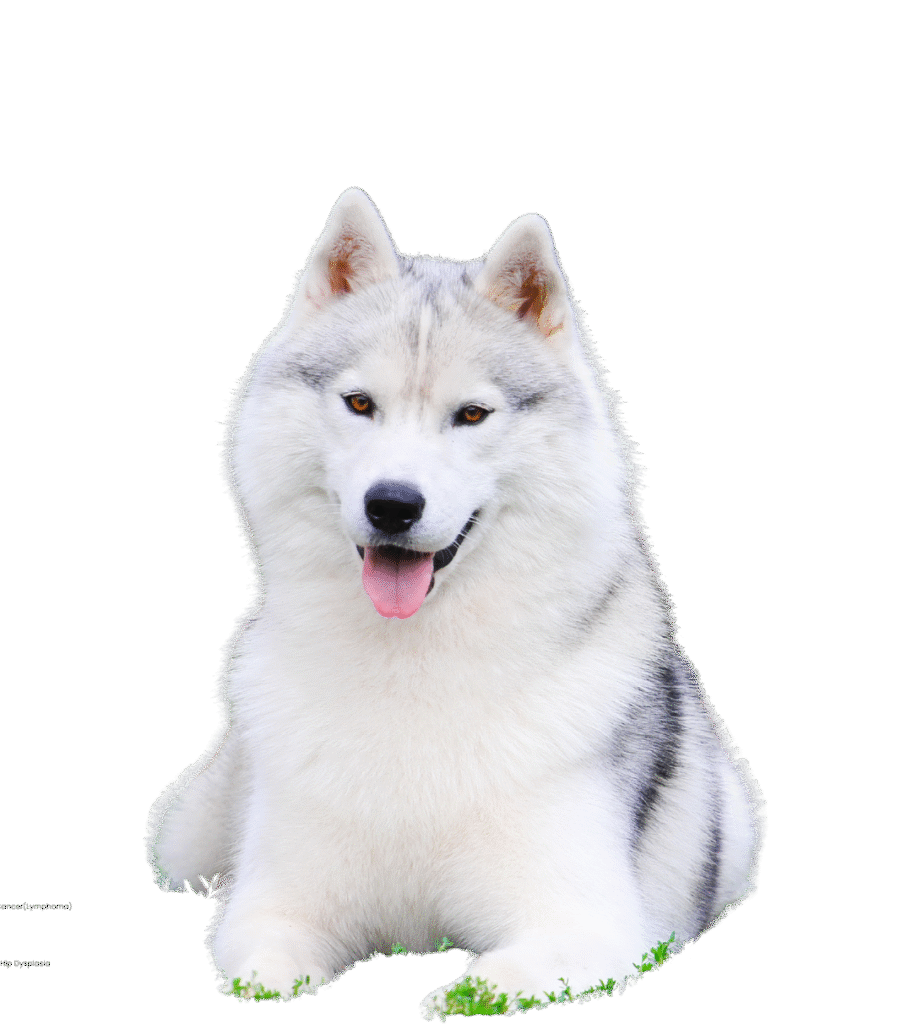
Mature adulthood (7-9 Years):

Annual or bi-annual visits.

Senior screenings, joint health, vision and hearing checks, and diet adjustments.
Senior years (10+ Years):

Bi-annual visits or more.

Comprehensive exams, pain management, cancer screening, quality of life, and senior nutrition.
Vaccination Schedule

First
6-8 week
Second
10-12 week
Third
14-16 week
Regular
Yearly once
Grooming
Siberian Huskies have a thick double coat that requires regular care to stay healthy. Brush them 2–3 times a week, and daily during heavy shedding seasons, to control loose fur and reduce matting. Bathing is needed only every 2–3 months, unless they get especially dirty, as overbathing can strip natural oils.
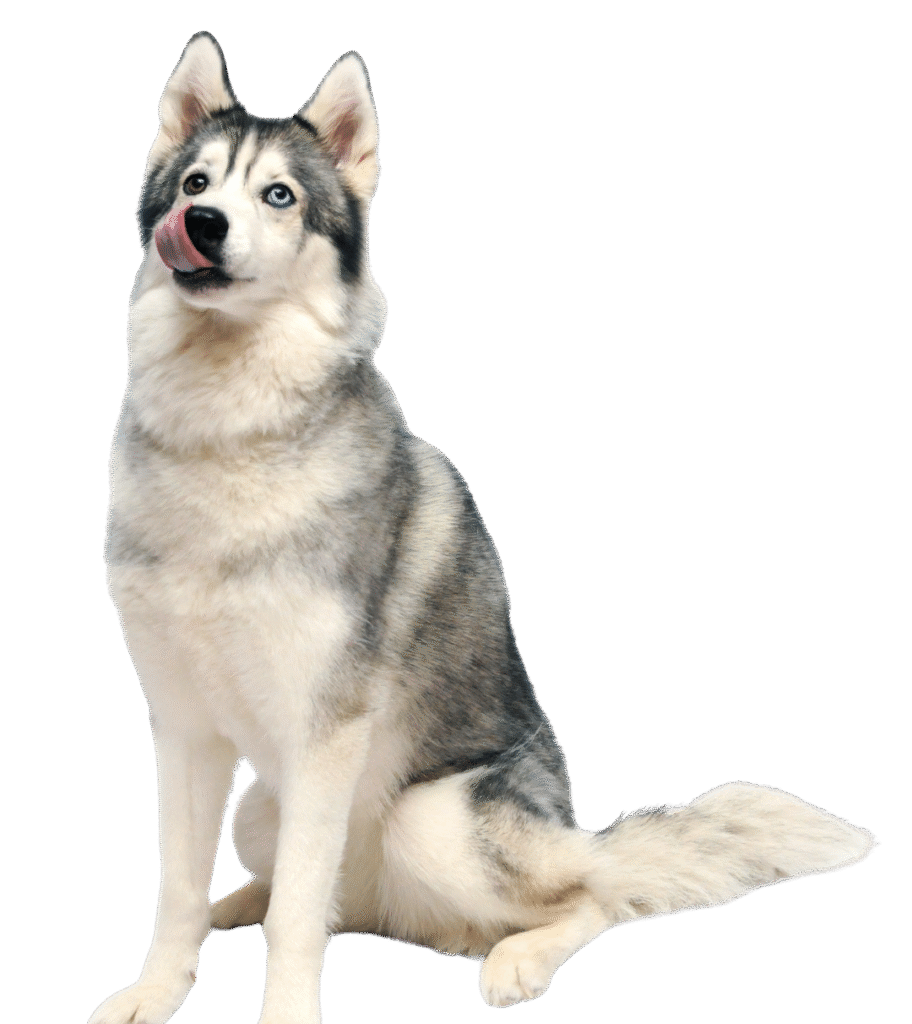
Brush & Bath guide
Weekly brushing keeps the coat shiny and reduces tangles, but during shedding season (spring and fall), daily grooming is recommended. Use a slicker brush or undercoat rake to remove dead hair. Huskies are naturally clean dogs and don’t require frequent baths—occasional bathing will maintain their coat’s health and freshness.
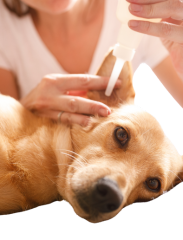
Ear Cleaning
Huskies’ upright ears collect less dirt than floppy-eared breeds, but regular checks are still important. Clean gently with a vet-approved ear solution once every 2–3 weeks to prevent wax buildup and irritation. Early attention to redness or odor helps prevent infections.
Nail clipping & Paw care
Active Huskies often wear down their nails naturally, but regular trimming every 3–4 weeks is still important. Inspect paws for cracks, dryness, or lodged debris, especially if they spend time outdoors. Applying paw balm can help protect against dryness and rough surfaces.
Period Care
During her period, use doggy diapers, provide comfort, and monitor her health. Keep her calm with extra attention and gentle care to ensure she feels secure.
Dental Care
Husky dental care involves brushing their teeth 2-3 times a week to prevent plaque buildup and gum disease. Regular dental check-ups with the vet also help maintain oral health and address any issues early.
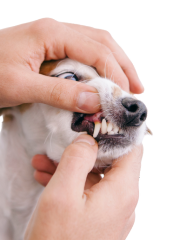
Give Your Husky a Spa Day at Home!
👉 Regular grooming not only keeps shedding under control but also prevents skin infections and keeps your pup comfortable year-round.
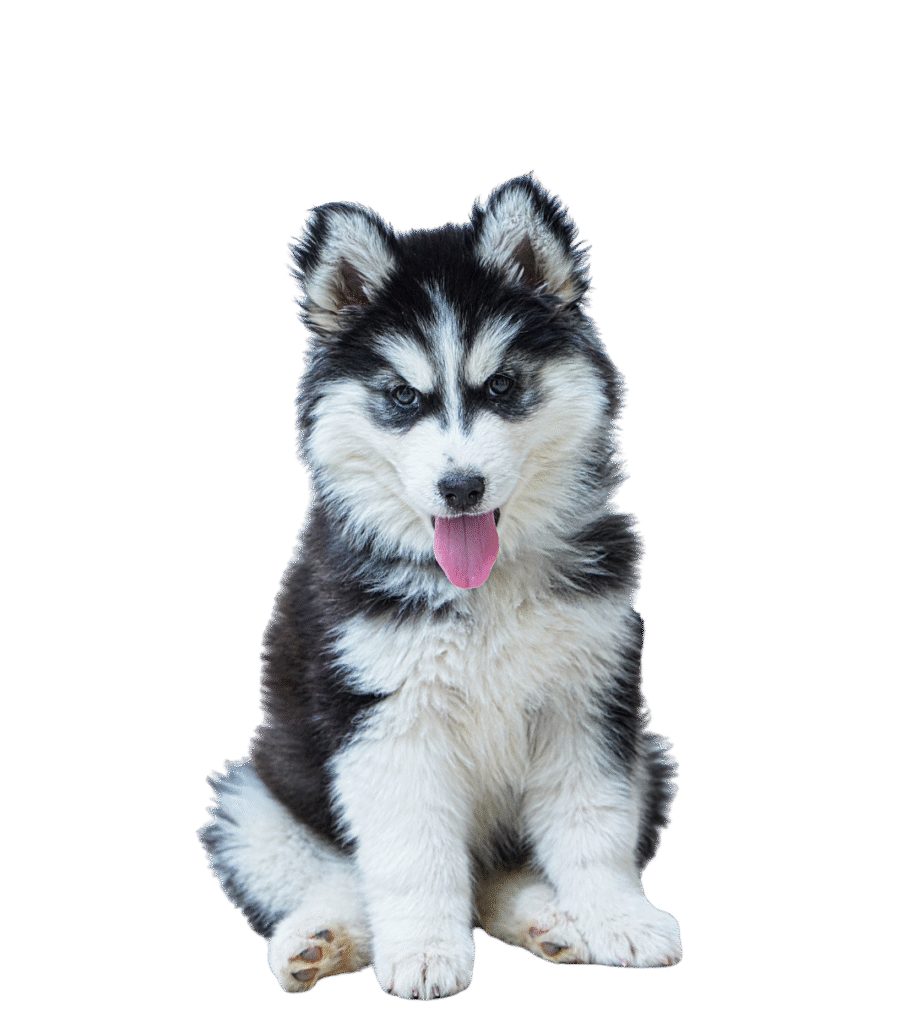

Health Conditions for Siberian Huskies

Eye Disorders (PRA, Cataracts, Uveitis)
Prone to genetic eye issues,regular ophthalmic checks are advised.
Hip Dysplasia
Less common than in larger breeds,but it can occur. Keep puppies lean and avoid over-exercising during growth.
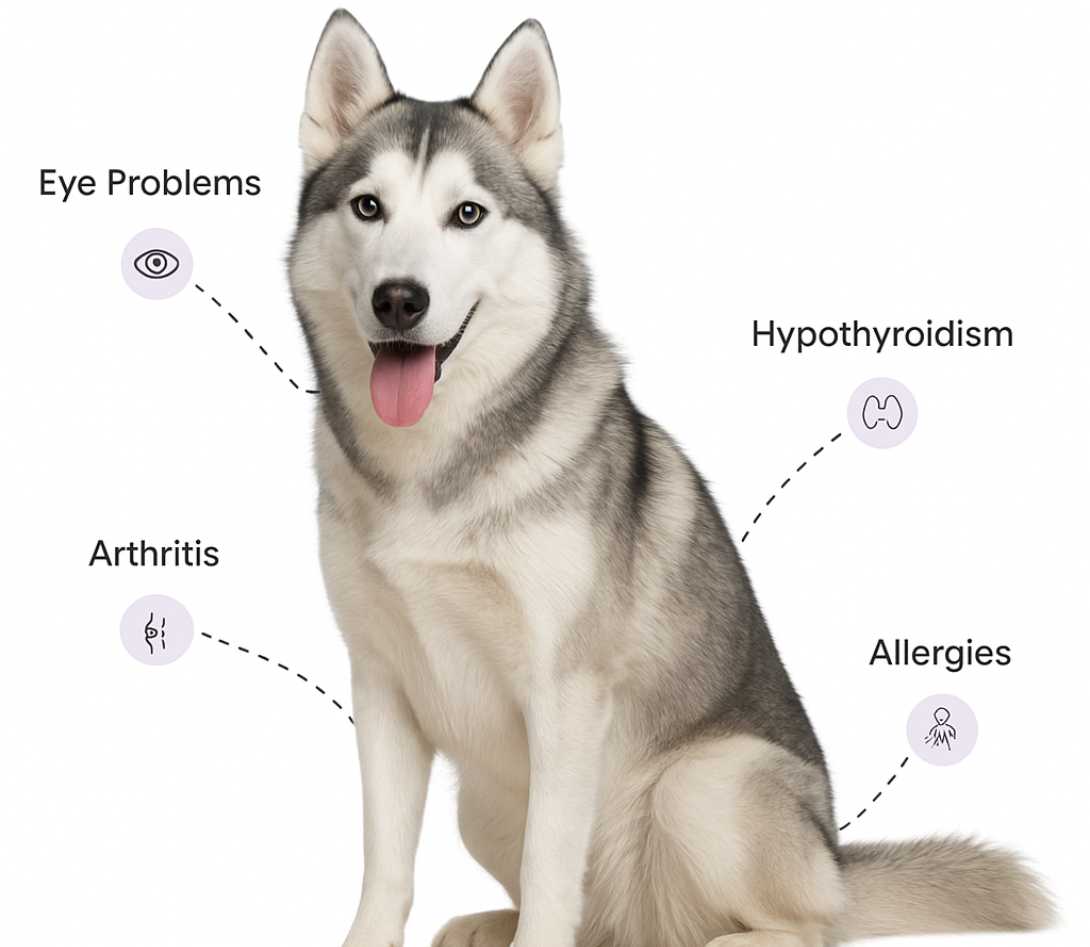
Heat Sensitivity
Adapted to cold; very poor heat tolerance. Monitor during Indian summers and avoid overheating.
Obesity
Huskies are relatively low food-motivated,but owners who overfeed and under-exercise risk weight gain. Keep lean and active.
Frequently Asked Questions
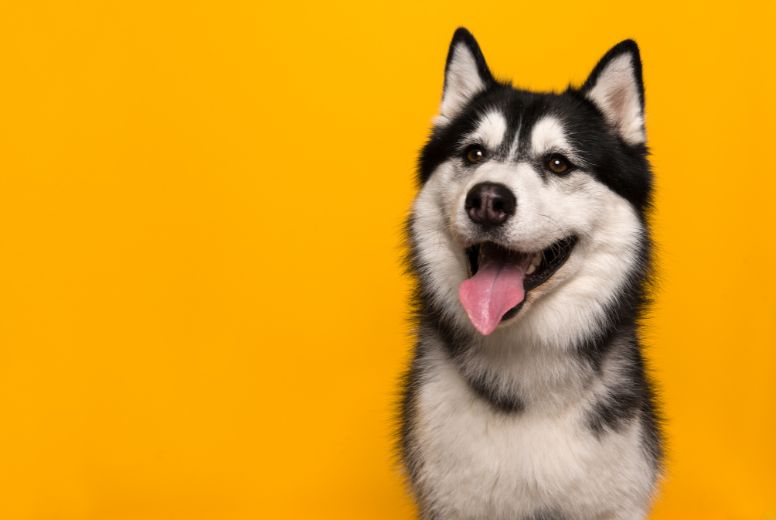
Approximately 60 minutes or more, ideally during cooler parts of the day.
Every 3 months or as needed due to their natural cleanliness; over-bathing removes essential oils.
Yes,light shedding year-round, heavy shedding (“blowing coat”) twice annually. Regular brushing is key.
Generally affectionate and good with children, but a strong prey drive means caution around small pets. Proper socialization helps.
High-quality, protein-rich kibble designed for active breeds; measure portions, stick to a regular schedule, avoid sudden changes.

